Time flies and we can already welcome you to our seventh Feature Friday! This week we want talk about a topic where there has been a lot of buzz about lately: metal 3D printing.
Technologies in this area are evolving at breakneck speed, constantly increasing the printed objects’ precision and size. Also the number of input-materials is growing every day. Bronze, Steel, Gold, Titanium, and Aluminum are just examples in this context. But how can you transform metals into 3D objects with the help of 3D printers? Three methods can be mainly differentiated:
- Following a 3D design metal powder is deposited by an extruder or rolled on in thin layers while a glue-like binding substance is used in order to keep the powder together and to build up the object. This method is called metal binder jetting.
- Similar to the metal binder jetting method the process of powder bed fusion is fusing layers of metal powder together by using a high temperature laser or electron beam. Selective Laser Sintering (SLS), Selective Laser Melting (SLM) and Direct Metal Laser Sintering (DMLS) are examples for various techniques to perform this method.
- Another method is the directed energy deposition where a nozzle is extruding metal wire or powder. The deposited material is melted with a laser or electron beam and can so help to either repair existing metal parts or create new ones from scratch.
Massive technology improvements have been enabling professionals to produce and test goods for e.g. medical, dental, and aerospace purposes.
What about the private users?
Since these metal 3D printers can easily cost tens of thousands of dollars and their use requires profound knowledge as well as high safety precautions the private use is challenging.
But challenging does not mean impossible!
There are numerous ways that will give your 3D prints a metal look and they are easy to handle and do not cost a fortune. For instance there is a variety of metal infused filaments available on the market that are FDM-compatible and do not only imitate the look but also some of the physical properties of metal. Additionally 3D printed objects can be treated with customary metal sprays, which also help to smooth out the surface and to protect the print material. Last but least a cost-effective alternative to metal 3D printers is the use of the Digital Light Processing technology (DLP). Whereby a wax model of the object is created out of a photopolymer resin that subsequently serves as a template to produce a casting mould. Unique and cost-efficient designs can be manufactured easily while the mould is simply melting during further processing steps.
Questions? Want to learn more?
Stop by in our Café on the 17th of February 2016 from 17:00-19:00 o’clock. Together with Sharebot.de we will gladly introduce you to the DLP technology, its benefits for your work-cycle and answer all your questions.
Meetup: Introduction to the DLP technology
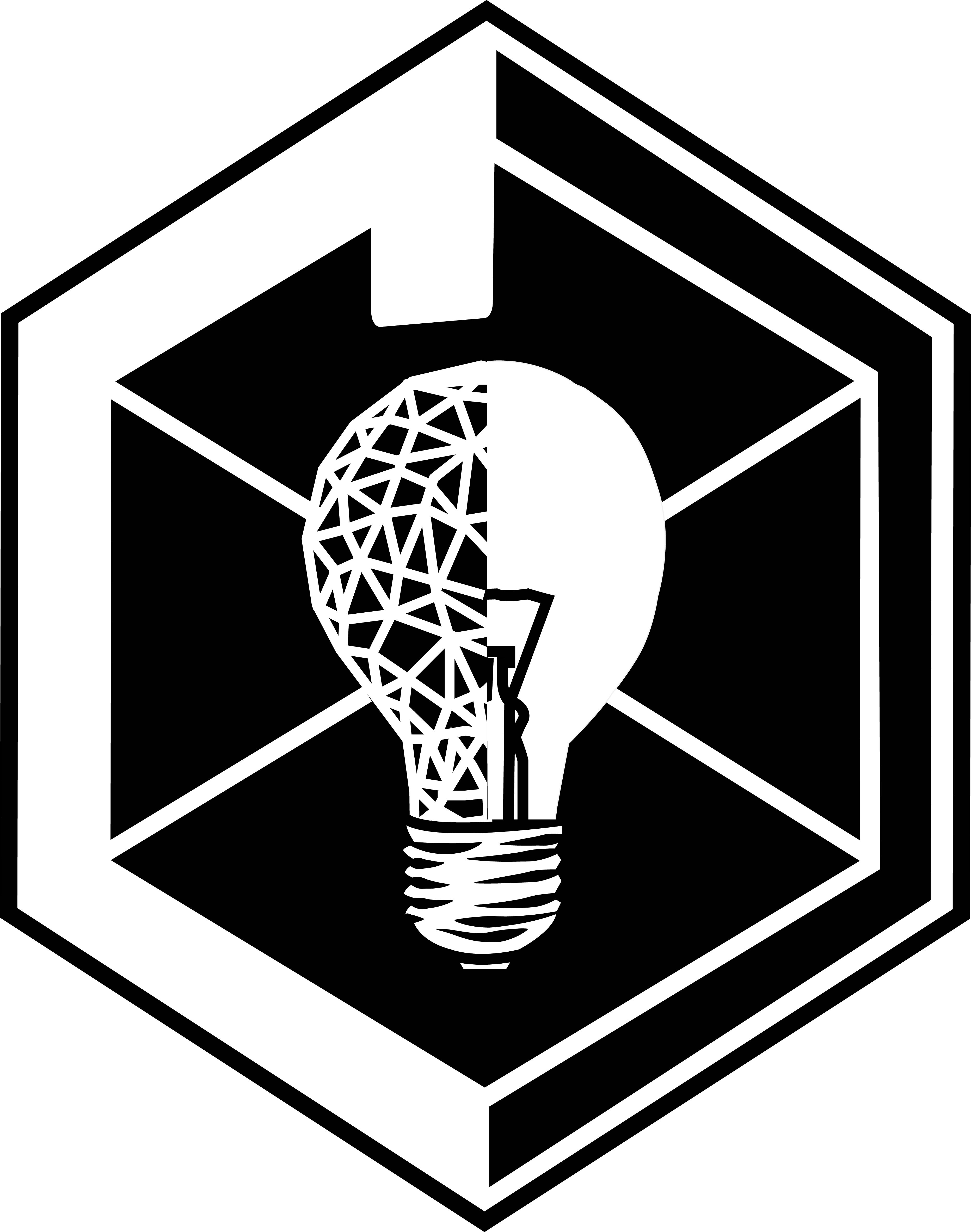
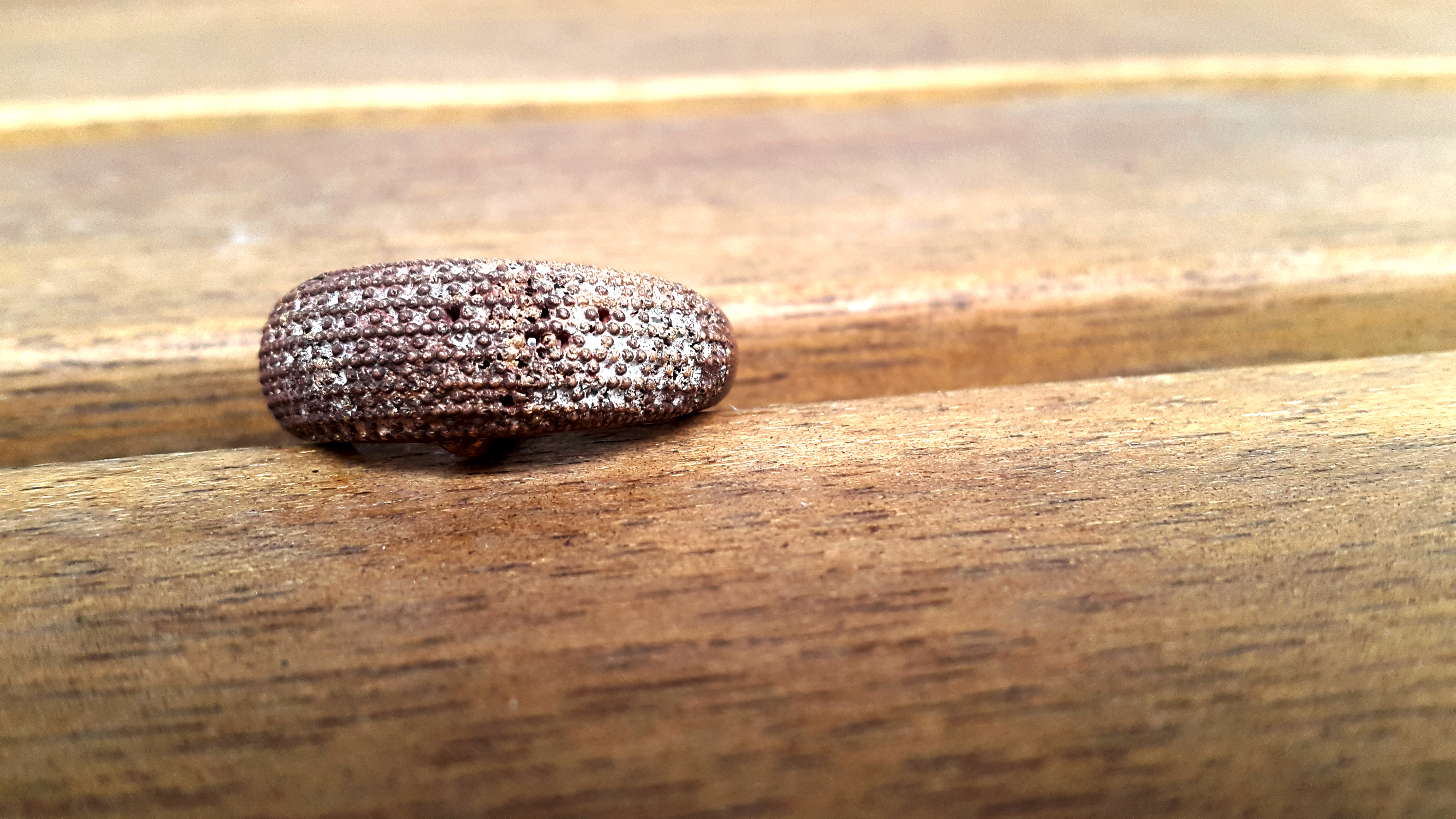

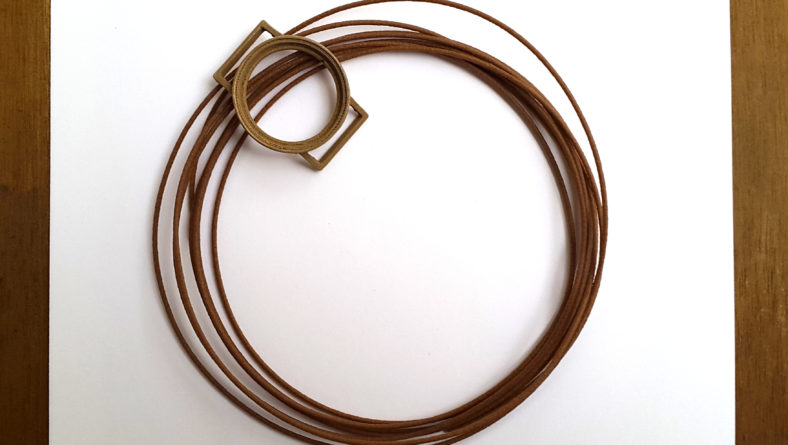
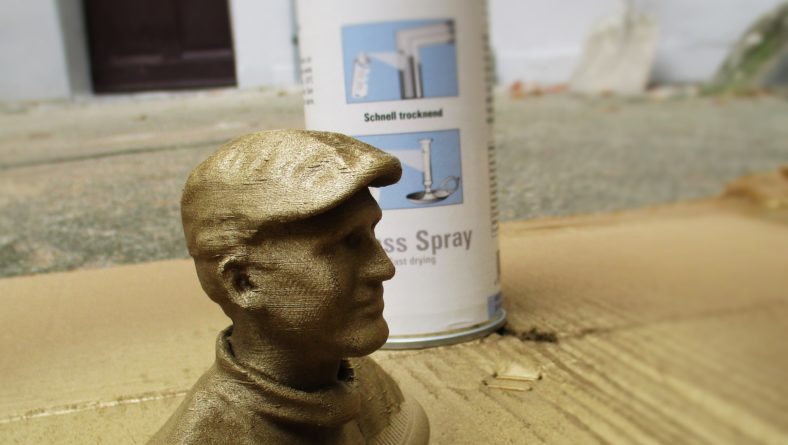
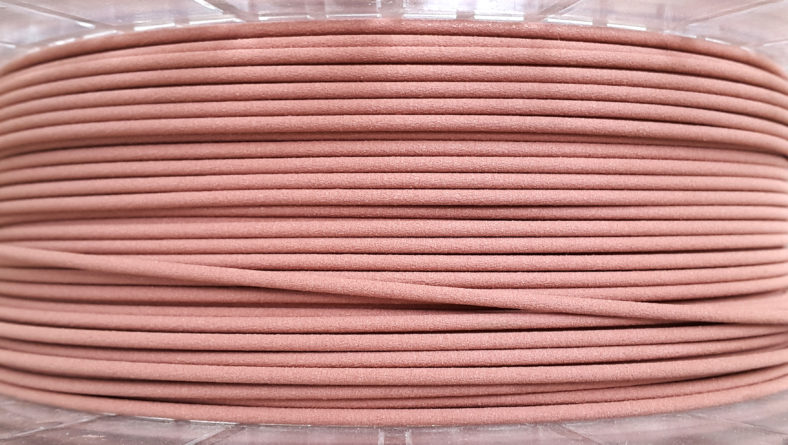
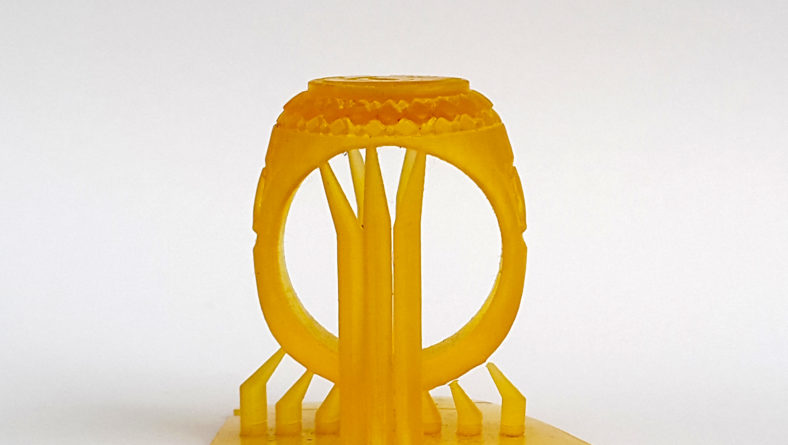
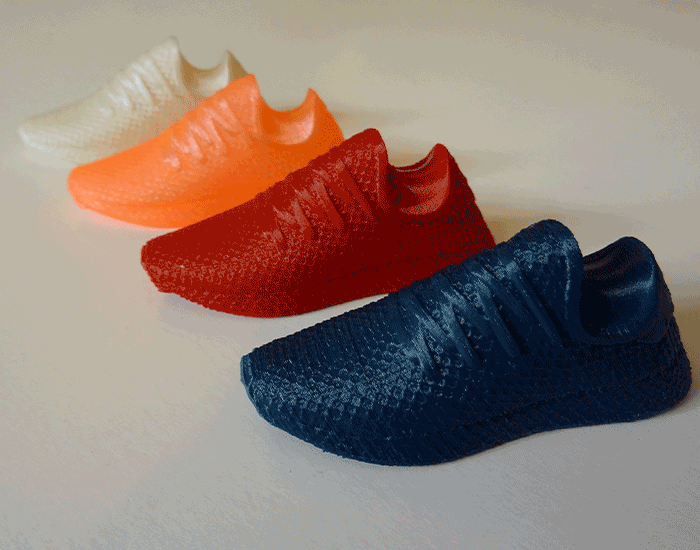
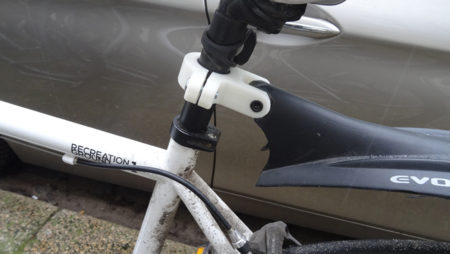

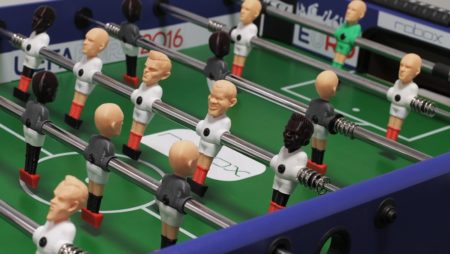
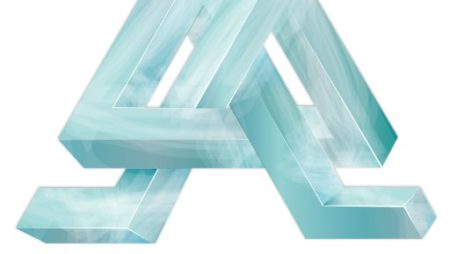
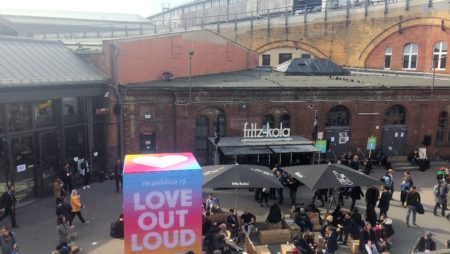
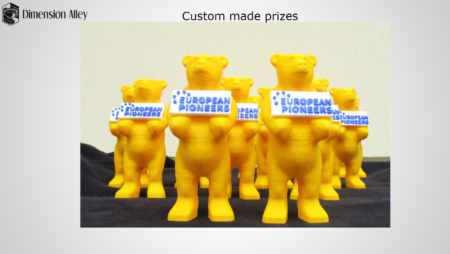
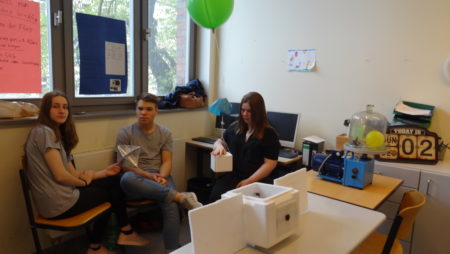
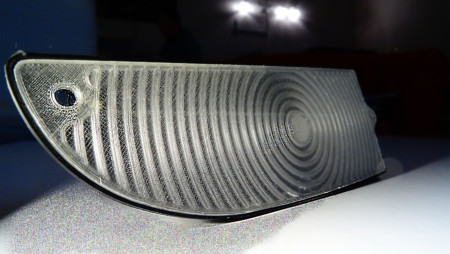

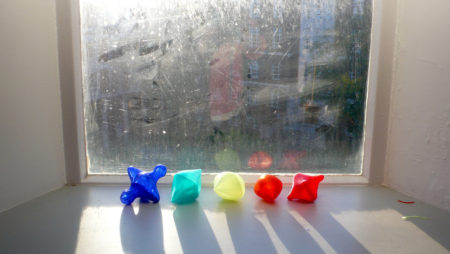
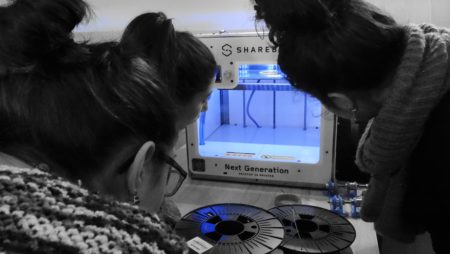
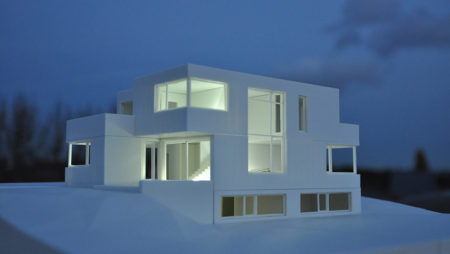
No Comment
You can post first response comment.